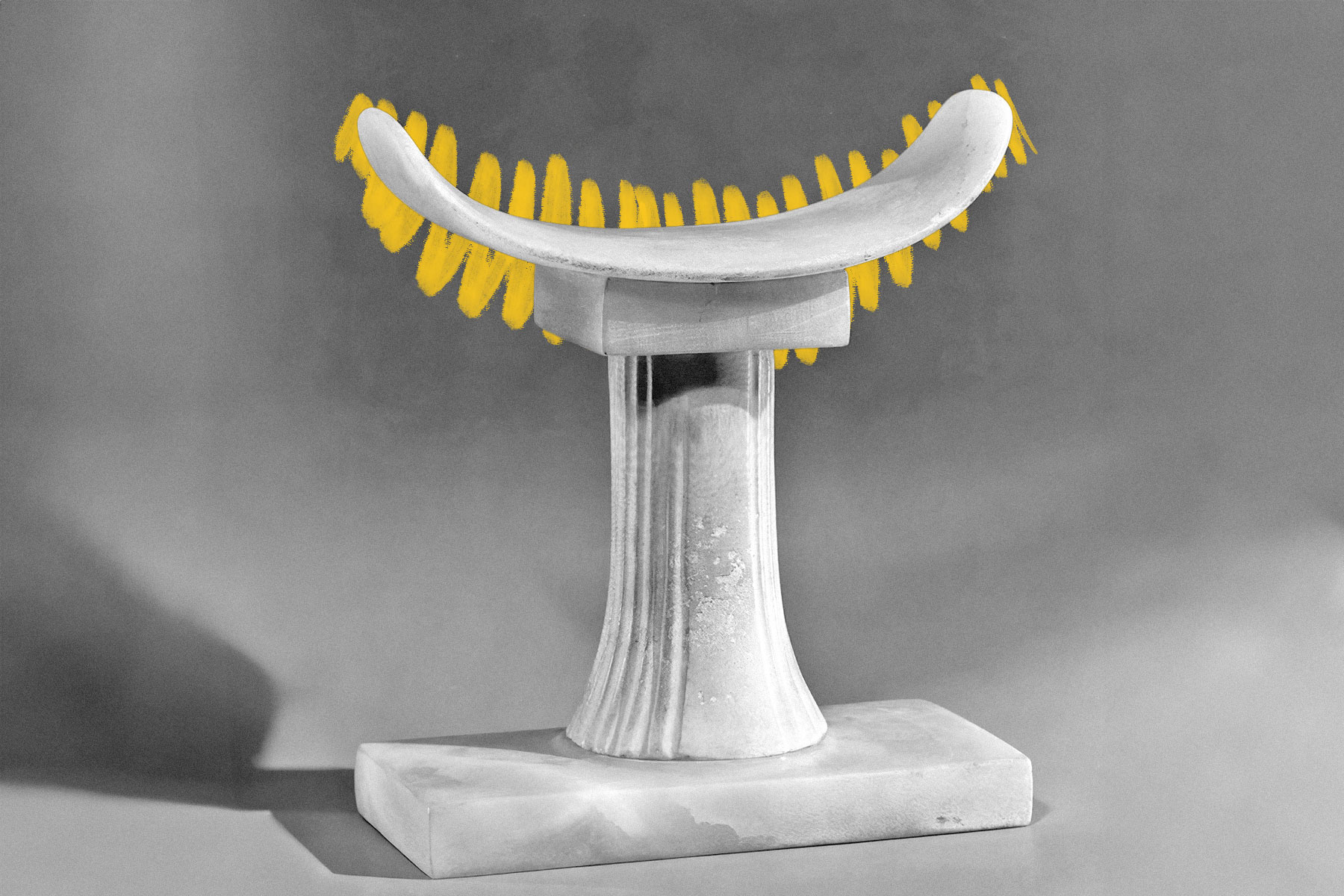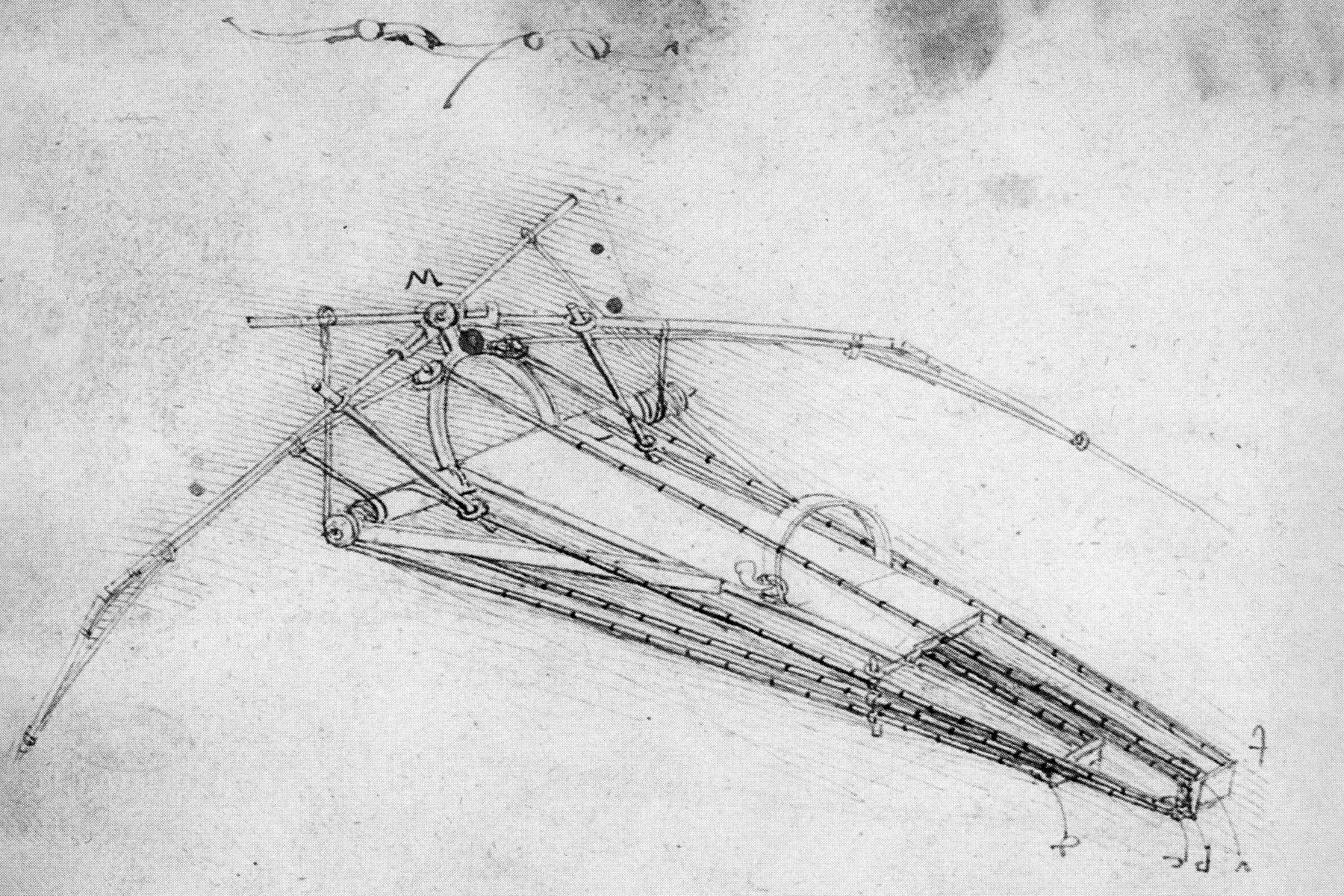Ancient pillows sound awful
Wednesday, April 3, 2024
Choosing a pillow in the 21st century is no simple task. The options can seem overwhelming. Memory foam, down, feathers — the list goes on. |
| |
| |
|
 |
|
| C hoosing a pillow in the 21st century is no simple task. The options can seem overwhelming. Memory foam, down, feathers — the list goes on. There are even customized pillows that sell for around $5,000. But long before humans had their pick of soft, comfortable pillows, many ancient cultures developed early versions that barely resemble the cushy supports we use today. |
|
|
| The earliest pillows can be traced to Mesopotamia — the region known as the "cradle of civilization," centered in modern-day Iraq — around 7000 BCE. These curved stone bolsters served a practical purpose: keeping bugs and vermin out of the mouths, eyes, and noses of the wealthy. Ancient Egyptians improved on the formula some 5,000 years later with the elevated headrest. Made of wood or stone, the Egyptian headrest consisted of a base and stem attached to a cradle to raise the user's head. Most Egyptian headrests consisted of a flat, rectangular base with a straight shaft and curved neckpiece, and the user's head was meant to mimic the sun rising in the horizon. The Egyptians also added a spiritual element to pillow use, often placing them in the tombs of the deceased; Pharaoh Tutankhamun was laid to rest with no fewer than eight ancient pillows in his tomb. Ancient Egyptians believed that protecting the head was essential even in the afterlife. Headrests were also thought to dispel demons, and many were adorned with images of Egyptian gods such as Bes and Taweret, believed to banish evil from the dark night in both life and death. |
|
| Continue Reading |
|
|
 |
|
By the Numbers |
|
| Length (in hours) of the average nap | | | 1 |
| | | Age at which a toddler can start to sleep with a pillow | | | 2 |
| | | Age at which a toddler can start to sleep with a pillow | | | 2 |
|
|
|
| Value of the global pillow market in 2023 | | | $17.6 billion |
| | | Average width (in inches) of a standard modern pillow | | | 20 |
| | | Average width (in inches) of a standard modern pillow | | | 20 |
|
|
|
 |
|
 | | Did you know? |
|
|
The first Saturday in April is International Pillow Fight Day. |
|
| Although pillow fights have likely existed since the days of ancient Rome — the Romans were among the first cultures to use soft pillows, stuffed with reeds and straw, or feathers for wealthier citizens — they didn't become globally organized until the 21st century. Combining this ancient pastime with the modern-day flash mob, International Pillow Fight Day is organized by the Urban Playground Movement, whose internet-promoted activities have included massive pie fights, dance parties, and zombie marches. The first International Pillow Fight Day was held in 2008, across 25 cities around the world, reaching approximately 5,000 participants in New York City alone. It is now held each year on the first Saturday in April. |
|


posted by June Lesley at 4:00 AM










![]()
![]()






0 Comments:
Post a Comment
<< Home